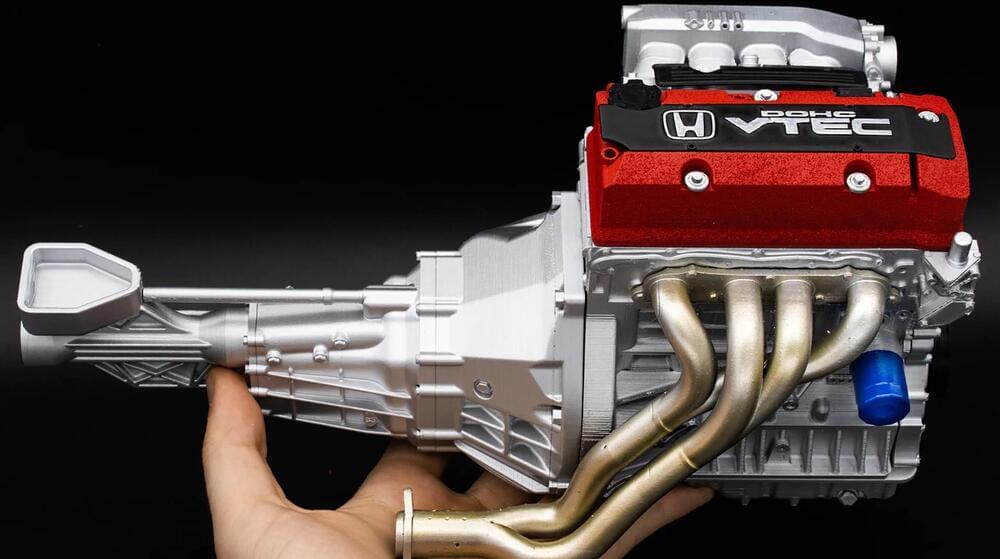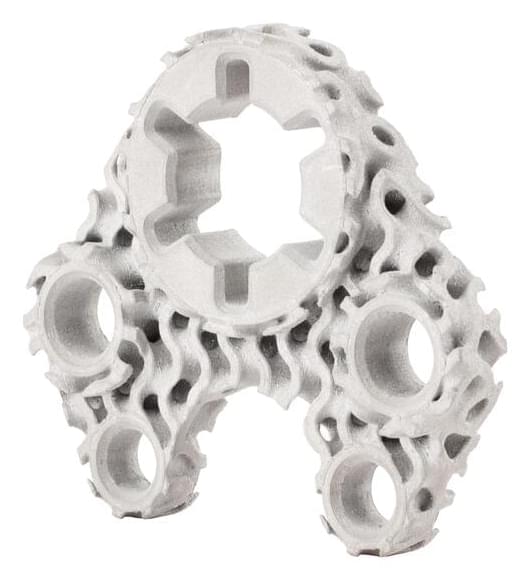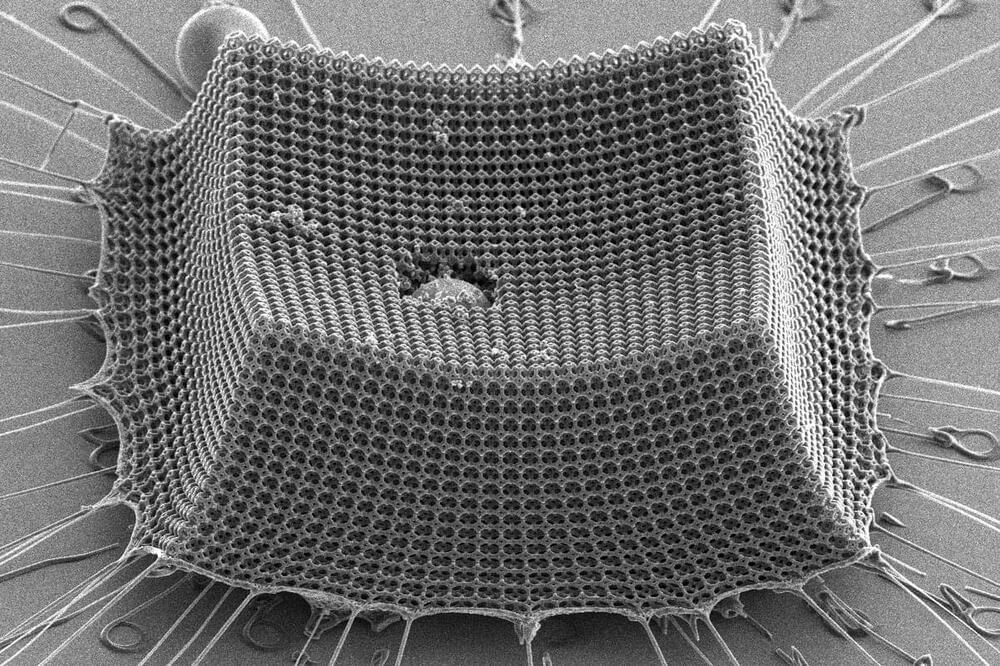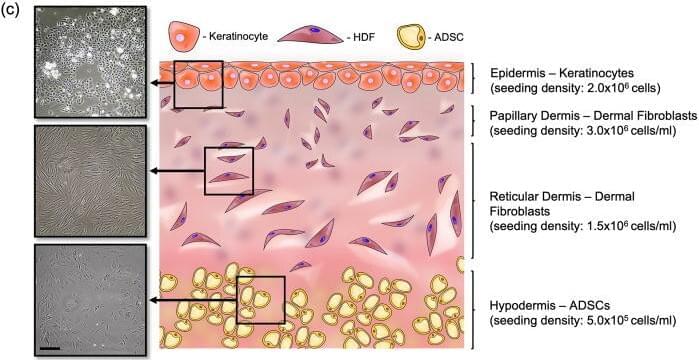Custom 3D printed, highly detailed versions of your favorite engines have the enthusiast community abuzz.
A modeling fan taught himself the skills to 3D print 1:4 scale engine and wheel masterpieces that have the enthusiast community enthralled.



Titanium is the lifeblood of metal 3D printing. As the technology was initially driven by the aerospace and weapons sectors, it has become the metal of choice for its high strength-to-weight ratio. Now, Desktop Metal (NYSE: DM) has qualified titanium alloy Ti-6Al-4V (Ti64) for its Studio Systems 2, making it one of the first office-friendly machines capable of 3D printing with titanium. One of Desktop Metal’s first customers in the space appears to be Apple co-founder Steve Wozniak, whose new startup, Privateer Space, aims to clean up space junk.
YouTuber and scientist Derek Muller offers a look at Relativity Space, an aerospace company 3D printing orbital rocket parts, in a new video.

The Institute for Soldier Nanotechnologies (ISN), made up of the MIT, Caltech, ETH Zurich and the US Army Research Lab, has used 3D printing technology at the nanoscale to form a material that is reportedly more effective at stopping a projectile than Kevlar or steel.
Thinner than a single human hair, the material is made from tiny carbon struts that form interconnected tetrakaidecahedrons – structures with 14 faces – that are fabricated via two-photon lithography.
According to the team, the nano-architected material could potentially replace kevlar for a wide array of bulletproof protective gear used by the armed forces.
Ivan Miranda is back with a compact 3D-printed, metal-cutting CNC mill.
Study of 116 research papers finds significant daytime heating.
Over the last year home prices have skyrocketed (along with prices of almost everything else), leaving millions of people unable to afford to move or to change their housing situation. Mortgage lender Freddie Mac estimated last year that the US has a housing supply shortage of 3.8 million homes. It’s partly Covid-related; construction has slowed due to labor shortages, high raw material costs, and supply chain issues—but the problem predates the pandemic, as demand for homes was already outpacing supply in 2019.
Middle-and low-income families have been hit hardest by the housing shortage. In an effort to assist those in need, Habitat for Humanity launched an initiative last year to incorporate 3D printing into its construction process to cut costs. The first home was completed last month, and a family moved in just before Christmas.
Located in Williamsburg, Virginia, the house has three bedrooms and two bathrooms, and the 3D printed portion of it—that is, the exterior walls—took just 28 hours to build. “Build” in this case meant a 3D printer moved along a track in the shape of the house, putting down one layer after another of a cement mixture.
It looks whimsical, but it could be a blueprint for fixing our woeful infrastructure in the U.S.
After four long years of planning, the world’s first 3D-printed steel bridge debuted in Amsterdam last month. If it stands up to the elements, the bridge could be a blueprint for fixing our own structurally deficient infrastructure in the U.S.—and we sorely need the help.
Dutch Company MX3D built the almost 40-foot-long bridge for pedestrians and cyclists to cross the city’s Oudezijds Achterburgwal canal. It relied on four robots, fit with welding torches, to 3D-print the structure. To do it, the machines laid out 10,000 pounds of steel, heated to 2,732 degrees Fahrenheit, in an intricate layering process. The result? An award-winning design, pushing the boundaries of what steel can do.

Researchers from the University of Birmingham and the University of Huddersfield, UK, have developed a new 3D bioprinting technique that can be used to treat chronic wounds.
Named Suspended Layer Additive Manufacturing (SLAM), the approach enables the printing of a novel biomaterial that accurately simulates the structure of mammalian skin.
In fact, according to the researchers, the biomaterial is the first of its kind to simulate all three of the major layers found in skin – the hypodermis, the dermis, and the epidermis – making it a unique tri-layered skin equivalent. Early experiments suggest that the 3D bioprinted skin can be placed at the site of a wound to induce healing, reducing scar tissue in the process.
